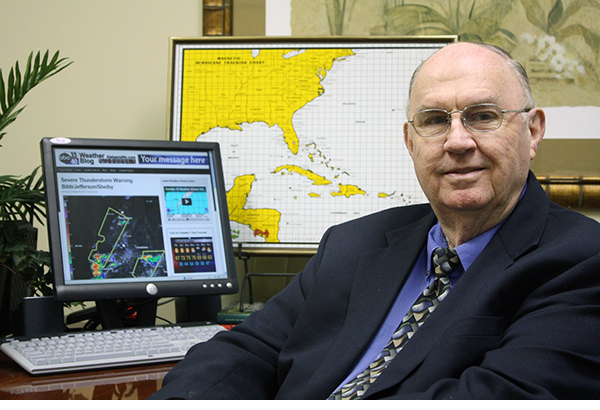2008 Atlantic Hurricane Season: Ike through Paloma
Finishing our summary of the 2008 Atlantic Hurricane Season…
Ike. A name that you will never see again on an Atlantic hurricane name list. Ike became a tropical depression on September 1 near the Cape Verde Islands. Ike got its name later the same day when its winds increased to tropical storm force. Rapid intensification commenced on the 3rd, and the central pressure in the storm fell from 996 to 935 millibars in just 24 hours. It went from Tropical Storm to Category Four hurricane in just twelve hours! Winds increased to 145 mph and Ike was rated as a category four hurricane. The powerful hurricane tracked north of the Leeward Islands, then turned back southwestward as high pressure strengthened to the north of the storm. It crossed Great Inaugua and Grand Turk, producing significant damage. It moved across Cuba and emerged into the Gulf of Mexico on September 9th. It grew in size until it covered much of the Gulf of Mexico. Ike made landfall on the Texas coast. It made landfall early on September 13th. A storm surge of 12 feet impacted a large swath of the Texas and Louisiana coasts. The Bolivar Peninsular was especially hard hit. Over 82 people died in Texas.
Tropical Storm Josephine formed near the Cape Verde Islands, but it weakened over the open Atlantic and dissipated.
Hurricane Kyle dumped heavy rains over Puerto Rico before it even became a depression. It was classified as a tropical storm as it moved north of the island. It moved nearly due north until it made landfall in Nova Scotia.
Tropical Storm Laura formed the last week of September, first being classified as a subtropical storm. It gradually attained tropical characteristics, but it dissipated over the open ocean on October 1st.
Tropical Storm Marco originated from a persistent low over the northwestern Caribbean. The system moved over the Yucatan and as it emerged over the Bay of Campeche, it quickly spun up into a tropical depression on the morning of October 6th. Less than 6 hours later, it was a strong tropical storm, with top winds of 65 mph. It would move inland by early the next morning on the Mexican coast between Tuxpan and Veracruz. At its peak, the tropical storm force winds in Marco extended out a miniscule 15 miles, making Marco the smallest tropical cyclone ever in the Atlantic.
Nana was a weak, short lived tropical storm that formed west of the Cape Verdes in mid-October. A tropical depression formed in the southern Caribbean on October 13th. It moved erratically for the next two days before becoming a tropical storm and acquiring a name while it as located 125 miles north of Curacao.
Omar would turn northeastward and intensify. Late on the 15th, Omar became a category two hurricane, some 80 miles south of St. Croix. Omar would become a major hurricane with a peak intensity of 125 mph as it passed through the Virgin Islands and northern Leewards.
On November 5th, an area of disturbed weather over the southwestern Caribbean became organized and was classified as a tropical depression about 100 miles east of the Nicaraguan coast. Early on the 6th, the system was upgraded to Tropical Storm Paloma and to a hurricane later the same day. The system was moving into an area of strong wind shear, so it was uncertain whether the hurricane would be able to make it to Cuba. Paloma was a major hurricane as it passed the Caymans, causing significant damage on Cayman Brac and Little Cayman. On the evening of November 8th, Paloma made landfall as a category three hurricane on the Cuban coast south of Camaguey. Steering currents collapsed and the hurricane rapidly weakened and dissipated before it was able to depart Cuba.
Category: Uncategorized















